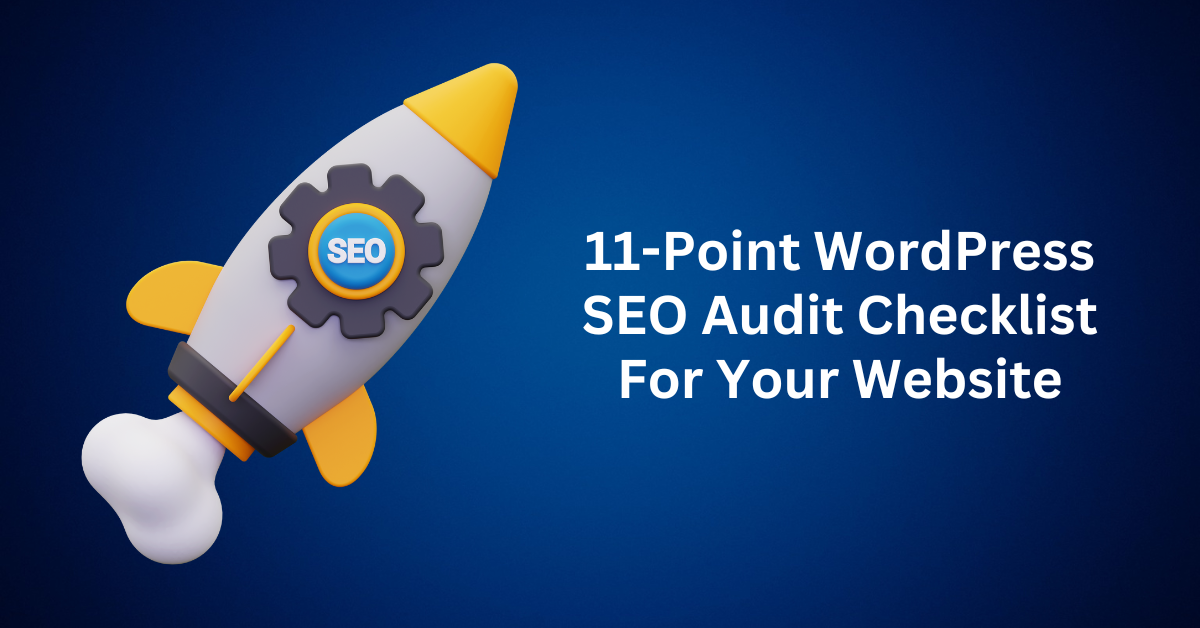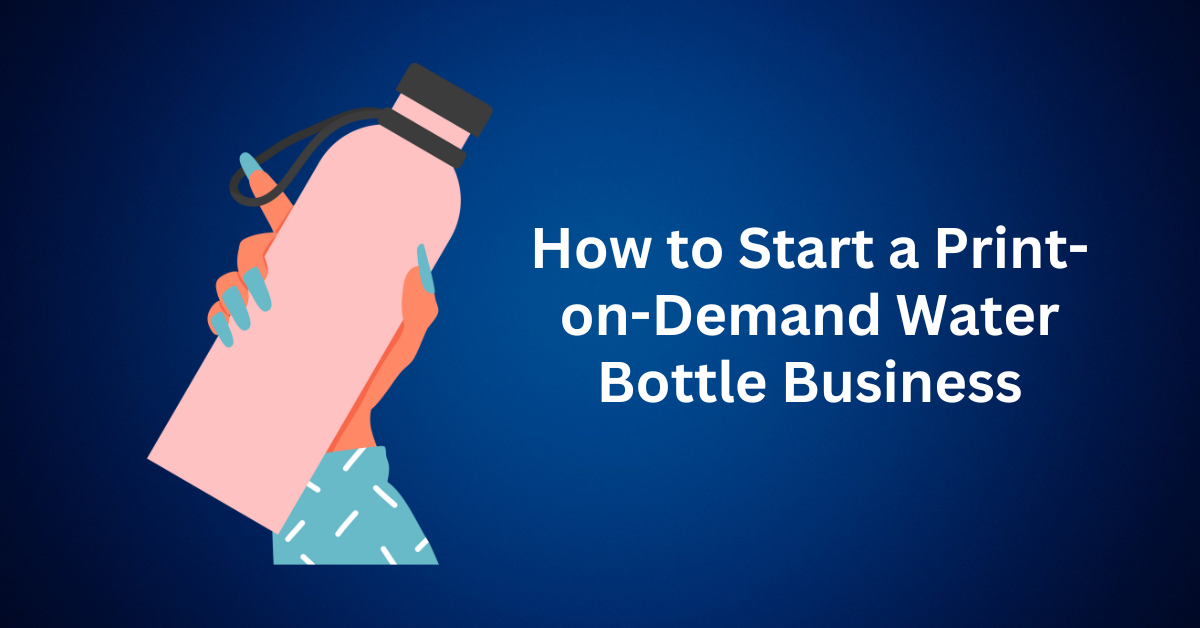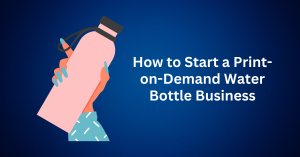SEO is one of the best ways to get organic traffic for your website. When your WordPress website can rank on the first page or the first few search results for popular keywords, you will get lots of free traffic to your website. A WordPress SEO audit is the process of verifying your WordPress SEO status to see how you can optimize it.
Search engine optimization is a tricky process; you need to be very clear about what you are doing. You need to know what the latest algorithm change is so you can rank well on the search engine results. This can be done by having a regular WordPress SEO audit to analyze your site and find opportunities to optimize and rank for more keywords. Not to forget, to resolve critical issues that will affect your SEO ranking.
Today, we will share how to perform a WordPress SEO audit to boost your search ranking.

Table of Contents
ToggleWhat Is SEO
SEO means Search Engine Optimization. It is the process of optimizing your website and its content to rank better on search engine results pages (SERPs). The goal of SEO is to increase the visibility of your website and organic traffic from search engines like Google, Bing, or Yahoo to your website.
In order to improve the search result relevancy for its users, search engines use complex algorithms to determine the relevance and authority of web pages and their content in response to a user’s search query. These algorithms consider various factors like keywords, backlinks, user behaviour, and website structure to rank web pages in search results.
SEO involves a combination of techniques and strategies aimed at improving these factors to achieve higher search engine rankings.
What Is WordPress SEO Audit?
SEO audit refers to the process of analyzing and evaluating your website to understand whether it’s optimized for SEO ranking. The goal of an SEO audit is to identify any technical, content-related, or structural issues that could affect the website’s ranking in search engine results pages (SERPs) and attract more organic traffic.
During an SEO audit, there is a range of factors evaluated. This includes the website’s architecture, URL structure, on-page optimization, backlink profile, content quality, mobile-friendliness, and site speed. The audit can be performed using various tools. This includes Google Analytics, Google Search Console, third-party SEO tools, or WordPress SEO plugins.
The insights from the SEO audit report can help you or your SEO experts develop the SEO strategy for your website.
How to Run an SEO Audit in WordPress
While there are many SEO tools in the market that you can use to audit your WordPress SEO, most work as standalone tools. Today, we will be using a WordPress plugin to perform the SEO audit. The tool we will be using is the All-in-One SEO (AIOSEO) WordPress plugin.
If you have never used this before, it’s one of the best SEO plugins for WordPress that helps you to optimize your WordPress website for search engine optimization without requiring any technical knowledge. All you need to do is follow its recommendation to complete your on-page SEO optimization.
Not only that, AIOSEO comes with an SEO Analysis Tool feature to perform a complete website SEO audit in WordPress. It will monitor your website performance and all the parameters required for better SEO ranking. Not only that, it will highlight any critical issues in your website that require attention.
Together with the report, it offers actionable recommendations for you to rectify the issue and boost your organic traffic and keyword rankings.
What’s better, you can get the SEO Analysis Tool with the free version of AIOSEO. There are some premium features like redirection manager, schema markup, local SEO, social media integration, powerful sitemap tools, robots.txt file editor, and more that will require a premium subscription.
How to Start a WordPress SEO Audit
Before you start, you need to have your WordPress website ready. First, you’ll need to install and activate the AIOSEO plugin. Once your AIOSEO plugin is installed and activated, you can now head to the SEO Analysis section.
Then, under the SEO Audit Checklist tab, you will see how your website performs. It will show your current SEO scoring and also provide a complete SEO checklist for you to start. If you score 70 or above, you are in good hands. This means your website is well-optimized for search engines.
If you run the check now, AIOSEO will check your entire website based on different parameter checkpoints. Then, it will highlight the critical issues that will hurt your SEO ranking. This will include your webpage without images, or with images but missing alt attributes, not setting SEO title, meta description, internal link, external link, and more. It will give you the suggestions that you need to implement to improve your SEO rankings.
Overall, AIOSEO provides good insight into how to optimise your website, including each image when you are publishing it. Not only that, AIOSEO will monitor your website continuously so that if there are any changes in the algorithm or something that you missed out on, you will always get a notice about them.
And based on our experience, you should do your own SEO once every quarter or half a year to make sure everything works perfectly.
To guide you on what you can look after when doing your WordPress SEO audit, we compiled the checklist below to help you troubleshoot any issues or drop in your SEO traffic so you can get your ranking back.
1. Make Sure Search Engines can Index Your Website
Your website will not get anywhere if the search engine doesn’t know its existence. This is the website’s visibility on the search engine. Your website needs to be indexed on the search engines like Google and Bing so that the search engines can crawl your page and include them in the search results to rank it.
To view the setting, you can go to the Settings » Reading on the left sidebar from your WordPress dashboard. On the page, make sure that the ‘Search Engine Visibility’ option is not checked.
If it is checked, it means you are not allowing the search engines to index your site. Hence, simply uncheck the ‘Discourage search engines from indexing this site’ option and click the ‘Save Changes’ button.
Now, go ahead and search for site:yourdomain.com in Google to make sure Google indexes your site. All you need to do is replace the ‘yourdomain.com’ with your own domain. If your website and all the pages appear on the search results, you are good to go.
Even if you are not getting anything yet right after changing the setting or just launching your new site, it’s ok. It will take a few days for the search engine to index your page. Just wait for a few days and check again.
2. Secure Your Site using HTTPS
Online security is important, especially if you are handling customers’ information and processing payments. To protect your site, one of the ways is to use an SSL certificate. This is what the search engine algorithm looks for when ranking your site as well. And in some cases, the browser will stop people from visiting your website as it seems to be dangerous.
An SSL certificate will encrypt the connection between your customers with your website server. Google and other search engines will give priority to secure websites with HTTPS compared to those using HTTP only.
One of the simple ways to check whether your website is SSL-secured is by looking at the browser’s search bar. If there is a padlock sign on the left of your domain name, then it means your website is secured.
If your website doesn’t have an SSL certificate, don’t worry, you can get one for free.
3. Check Your WWW and Non-WWW Site Redirect
For every website, there should be a www and a non-www version of the URL. While both are treated separately, you need to make sure all different format is directed to the same destination. This includes URLs, www and non-www, HTTP and HTTPS URLs.
Why?
This is because when you are getting your backlink or any offsite SEO for your website, you normally will direct to one URL only. And that URL will be the main URL for you to optimize externally and the one that ranks well on the search engines.
For example, when someone enters https://www.example.com, https://example.com, http://www.example.com, or http://example.com in their browser search bar, it should all redirect to the same website.
To set up the redirect, you can head to your WordPress dashboard. And check your left sidebar Settings » General and then, look at the address in the ‘WordPress Address (URL)’ and ‘Site Address (URL)’.
If both the WordPress Address and Site Address do not redirect to the same URLs, then Google will consider the two URLs as separate websites. This simply means the search engine will need to decide which one to prioritize when indexing your website. This could lead to either duplicate content issues or the right URLs not being ranked properly. However, if you’re using the AIOSEO plugin, then it will set the proper canonical URL in your site header automatically.
4. Set up Your XML Sitemap for Better Indexing
In order for the search engines to index and rank your website properly, they use the XML sitemap. You need to submit the XML sitemap to the search engines for them to index your website.
An XML sitemap helps search engine algorithms find and index your website pages easily. It is how the search engine reads and understands your website. This is why it is important to have an XML sitemap for your website to talk to the search engine algorithm.
Having a sitemap is not magic that will boost your website instantly, but if you do, it will help search engines crawl your website better. This is important when you are starting a new website, as a sitemap will let Google or Bing discover your new website content fast, as you will have limited backlinks at the beginning.
To create sitemaps with the AIOSEO WordPress plugin, go to the All in One SEO » Sitemaps from your WordPress dashboard and then click on the ‘General Sitemap’ tab.
Make sure the toggle for ‘Enable Sitemap’ is switched on. Besides, you can also create videos, news, and RSS sitemaps for your WordPress site.
Once you create the sitemap, you can submit it to different search engines like Google and Bing.
5. Fix Broken Links on Your Website
Internal and external links are important for website SEO. Internal links help Google find, index, and understand all of the pages on your site, while external links tell Google about your website’s authority. However, if you have a broken link on your website, it will affect your SEO ranking.
A broken link means a link that directs to a page that no longer exists at that URL. When you click on the link, you will get a 404 Not Found error. It is common for your embedded link goes break, as in many cases you may change the page link structure without realising it. It might be a deleted page or a page moved to a new location, but you do not update the link.
From the perspective of SEO, broken links can affect your SEO rating badly. This is because when you have more broken links, it means your website is not well structured and the site’s user experience is bad, as your visitors will not be able to view what they want. Not only that, it will hurt your keyword rankings and user experience, since search engines and website users won’t find the page they’re looking for.
That’s why, when conducting an SEO audit, it’s important to look for broken links and fix them.
To look for the broken link, you can use an SEO tool like Ahrefs or Semrush and run an SEO audit for your website. Then it will show how many pages with broken links, links with redirects, and so on. Once you’ve found the broken links on your website, you can either modify them to the correct link or you can fix them by setting up 301 redirections.
6. Meta Tags for Your Site – WordPress SEO Audit
Meta tags are snippets of HTML code that help search engines like Google understand your page. This will enable Google to rank it properly for the relevant searches.
There are different types of meta tags for your website, but the most common and important ones are the title tag and the meta description.
This is what search engines look for when they index your website. And this is also what your potential visitors will see when they search your related keywords in the search engine. In the search results, your title tag and the meta description will be shown on the page. And it’s the first touchpoint for them to read about your webpage before deciding whether to click on it or not.
Hence, when performing an SEO audit, you should always ensure first your meta tags are there on every page. And secondly, your meta tags follow the search engine format requirements, like the word count and keywords included or not.
When you have the AIOSEO WordPress plugin installed, you will get the AIOSEO Settings when you scroll down in your page editor.
From there, you can set up your title and meta tag based on the recommendation guide.
7. Internal and External Links – WordPress SEO Audit
A search engine treats your website like a book. The link between pages matters in order for your audience to get more information on a certain topic. This is where the internal linking comes in. You are not going to have everything on the same page or post. Instead, you will direct them to another page to read further on the topic.
Another important metric would be external links. External links are the outbound links that link to other websites.
Having a good linking strategy will boost your SEO ranking as it will allow search engine crawlers to discover your new posts or web pages easily.
In AIOSEO, there is a link assistant feature to help with the number of internal and external links for each page, and which page will need more internal links. If you have a page without any links, it will be shown as an orphaned page.
With Link Assistance, it will provide linking suggestions so you can add the link to your content directly.
8. Measure Your Website Loading Speed
Your website’s loading speed is the most important when your customer reaches your site. A slow-loading website is like an unattended shop. When someone visits your shop, they will leave if no one opens the door for a few seconds. The same goes for a website. If it doesn’t load within 3 seconds, most visitors will just leave it. Not only that, Google includes this in its ranking factor due to the importance of this in determining customer experience.
Hence, when you are running an SEO audit, you also need to check anything that slows down your website. It can be the heavy load that your website needs to handle due to the unnecessary effects and plugins installed. Or it can be due to the large image or animation that will slow down the loading time.
Hence, when you’re performing an SEO audit, it’s important to check for things that can slow down your website. You can use the free Pagespeed Insight tool by Google to test the loading speed and a few parameters on your page loading speed.
When you get the result, scroll down and see what the cause of the slow loading time is. In the pagespeed test result, it will be separated into two: desktop and mobile. Depending on the result, you may want to have an AMP version of the site for faster mobile loading.

9. Make Sure Your Website is Mobile-Responsive
As we mentioned about the importance of a mobile version of the site, one of the ways is to design your website to be mobile-responsive. This means your website is able to scale and fit into different screens well. This will include desktop, tablet, and mobile.
In the Google SEO algorithm, this is one of the metrics to boost your SEO ranking. If you want to rank well, your website will need to be mobile-ready. This is because Google uses your mobile version site for indexing.
To find out how mobile-friendly your website is, you can use Google’s Mobile-Friendly Test tool. Enter your site’s URL and click the ‘Test URL’ button.
The tool will now analyze your website and show the test results on whether your site is mobile-ready or not.
If your website is not optimized, you can either choose a mobile-responsive theme or install an AMP plugin to optimize it on mobile.
10. Scan for Malware and Vulnerabilities
Cybersecurity is one of the hot topics in web security. So, when conducting your SEO audit, you should also scan for any security loopholes in your website. This can bring risks for your visitors, and when detected by Google, it will send a warning and block people from visiting your website.
The more the browser blocks your website, it will hurt your SEO. Google will also penalize your SEO rating as your website contains malware and poses risks for visitors.
To remove malware and other suspicious files from your website, you can run a vulnerability scan using a WordPress security scanner.
11. Track Your Keyword Rankings
Tracking, tracking, tracking. You need to know your data and be able to track how it’s working to optimize it. You need to know which keywords you are ranking for and it’s on what ranking.
For example, if you want to rank for a keyword, you want to know what the competitors that are in front of you are doing and how you can outrank them. If your content is ranking at 11, which means you are on the second page of the search results now. Then you need to see how you can improve your ranking to get to the first page.
Keep an eye on your ranking regularly to see where you are ranking now and what you can rank for. To track your keyword rankings, you can use a free tool like Google Search Console. You can see how your page is ranking and how many clicks it brings in each day or month.
If you want to invest a bit in a paid tool, you can use an SEO tool like Semrush or Ahrefs to track your keyword rankings.
Both Ahrefs and Semrush are popular SEO analytics tools that are used by many digital marketers and SEO experts. You can start to use it for free and upgrade to a paid account when you need more functions.
In the tool, you can see how your website’s visibility is, keyword ranking status for each keyword, and an SEO audit report for any issues on your website’s SEO.
From there, you can know your website’s SEO status and what to do to optimize your blog posts for SEO to rank for more high-quality keywords and get more organic traffic.
Final Thoughts – WordPress SEO Audit for Your Website
Performing a WordPress SEO audit is regular work that you need to do to ensure your website ranks for high-quality keywords. When you are doing it right and rank well, you will get lots of free traffic to your website. Now, if you have not performed any SEO audit for your site before, you can use this checklist to run your first audit and then keep it for future audits.



